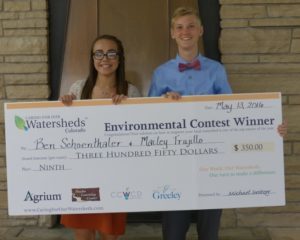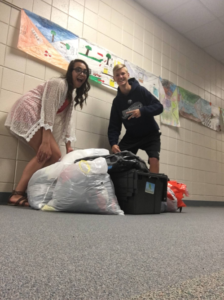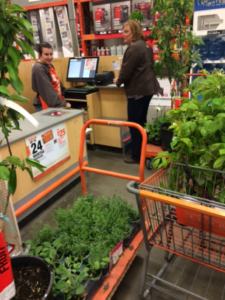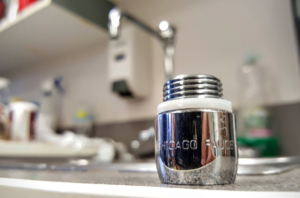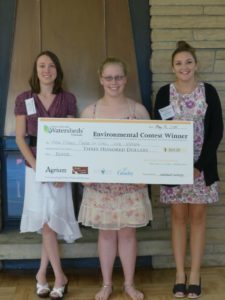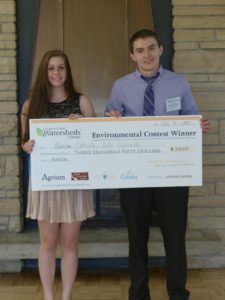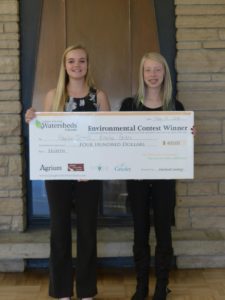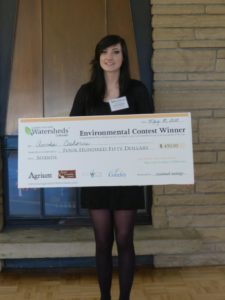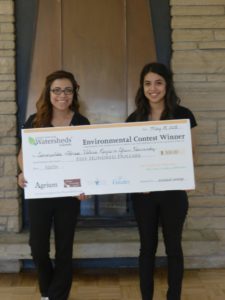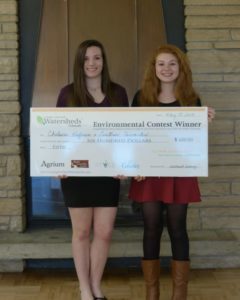This proposal involves is having a clothing drive for kids from kindergarten all the way up to seniors in high school. The reason behind this idea, is that when clothes are in a landfill, the dyes used to color the clothes can pollute the groundwater. On top of this, making clothes consumes numerous amounts of water and pollutes the air. Essentially the goal behind this project is to reduce the number of clothes in the landfill by collecting them and also reduce the amount of clothes being produced by donating them.
- March 13th, 2016: Purchased Bins from Home Depot (16) $112
- April 6th, 2016: Ordered flyers, handouts, and stickers from fastsigns $297
- April 25th, 2016: Set up bins, flyers and sent out handouts. Collected clothes and donated them to charity
